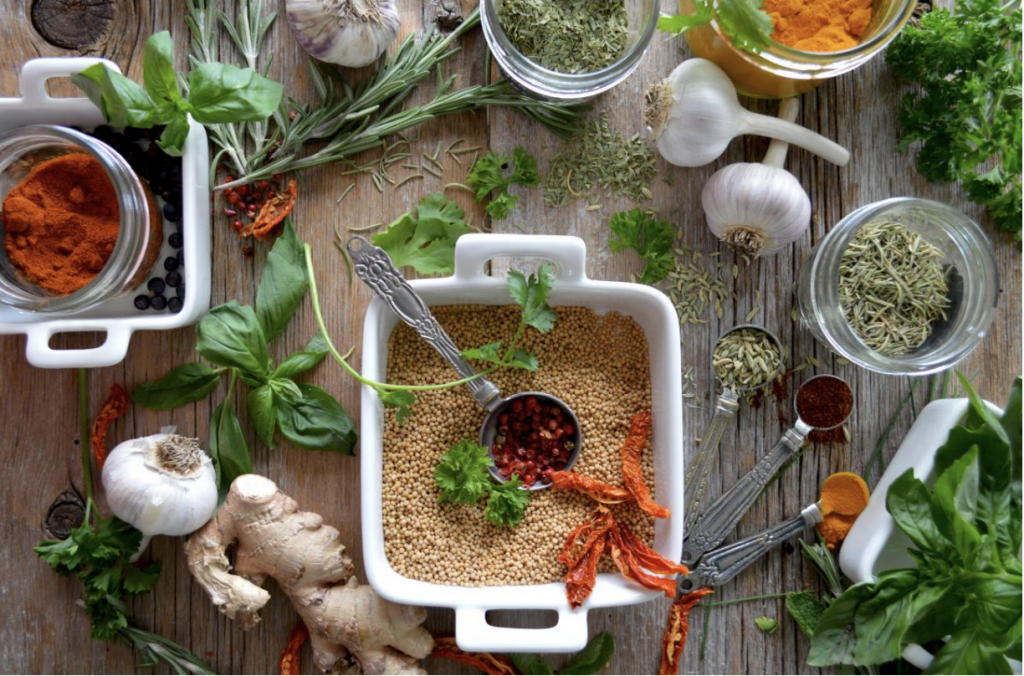
Herbs are more popularly grown these days, unlike spices. There are different spices which you can grow like the saffron or fenugreek.
Many people think that the most expensive spice saffron can’t be grown at home, but that’s nottrue. You can effortlessly grow spices like rosemary or basil, but the real deals like goulash is a matter of more concern.
Ginger and some other spices like cumin have a status of not easy to grow at home when compared to herbs. However, more research shows that it is because most Americans aren’t usedto it, unlike in Asia where their gardens are always populated with spices.
You might need to ask “what is really the difference between a herb and a spice?” Professionalsexplain that seasonings gotten from leaves are called herbs, while seasonings gotten from other parts of a plant is called a spice.
However, it’s to be noted that quite a handful of spices are not easy to cultivate here in America.Some of these impractical spices like cloves and cinnamon comes from tropical large trees. Though smaller tropical spices
In North America, and during the fall season, it is possible to cultivate small tropical spices plant like ginger. Also, many other temperate spice species can be easily grown in normal garden conditions.
If you are interested in this topic, we give you more precise information on spices that you might decide to try to grow yourself.
Note: Seasonings gotten from other areas of a plant are called “spices” while seasonings gotten from leaves of plants are called “herbs”.
The Expensive Saffron
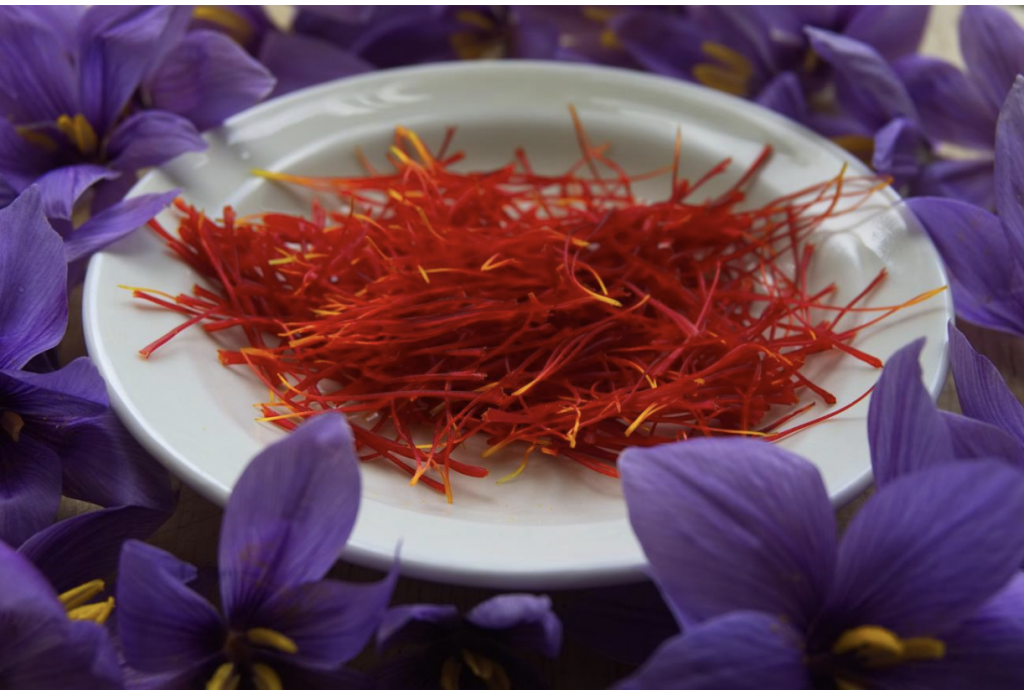
This special saffron crocus is normally cultivated from bulbs which are planted in the summer (mid-late summer to be specific). It is planted 4 inches deep at a location that isn’t hidden fromthe sun and has rich soil which is well-drained.
We have stated the fact that this spice is amongst the most expensive spices in the world today. It is attributed to the stigmas of a blooming plant in the fall named Crocus bulb which originates from the Middle East. Cultivation of this plant is mainly noticed in the Mediterranean basin.
You can expect it to start flowering during the month of October. Three distinct colorful stigmas are contained in each flower, and can be plucked by tweezers or by hand (actually that’s a must).
Popular Ginger
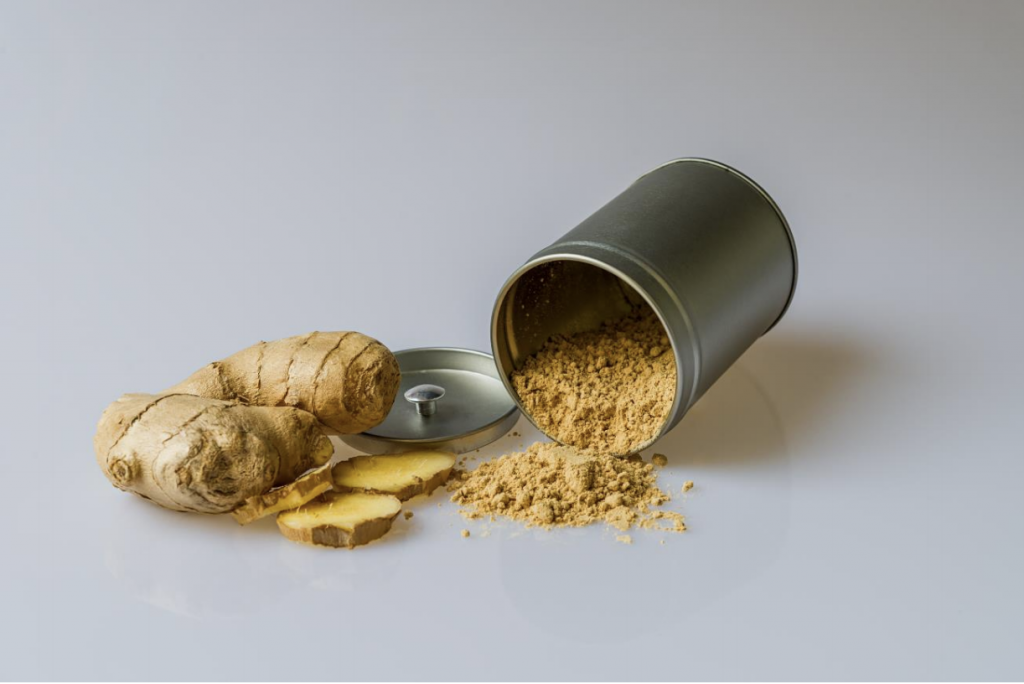
Ginger is a tropical herb best grown in warm weather. It doesn’t like temps below 50 degrees. In some areas like southern California, ginger can be grown outdoors as a perennial, which means we can harvest the roots as needed.
In colder weather, it is best to cultivate ginger indoors (in late winter), but ensure to always move the plants outside, at night when the night temperature is above 50 degrees, and if the snow poses to be a problem, you can utilize an electric snow blower to clear your path, here you can read about the 6 Best Electric Snow Blower Reviews.
We will now explain the best way to grow your ginger at home;
To successfully grow ginger at home, you can buy a ginger at a store. Cut it up into about 2-inch or 1-inch pieces at maximum, ensure that is has a pointed node (part of a root plant able to sprout into leafstalk) present on top of the pieces you cut.
Using the freshest organic ginger you can find is advised for the best result. Normally conventional ginger is occasionally sprayed with substances which inhibits growths and that prevents them from sprouting.
After cutting the pieces, leave them at a room temperature for 48hrs to become dry before planting.
The pieces should be planted with the nodes facing up submerged into about 4 inches deep in a well-drained rich soil in a moderately sunny location.
The ginger pieces should be covered initially with a small portion of soil like an inch or two. Once the ginger can be seen sprouting above its hole height, ensure to fill back the soil to its original level. This will ensure that new roots will develop in this area below the soil. However,if you’re cultivating your ginger indoors, this part can be done in 1-gallon pot). Always fertilize and water frequently for a favorable flavor and large roots.
In very cold weather areas, baby gingers can be harvested during the early fall when the weather becomes cool. While in areas with mild winter, the roots normally develop to maturity of the size that can be seen in most grocery stores during the months of December.
Ginger plants can be kept all year round in a 4-5 gallon pot. However, ensure to mist its leaves once a week to ensure a humid atmosphere.
Awesome Turmeric
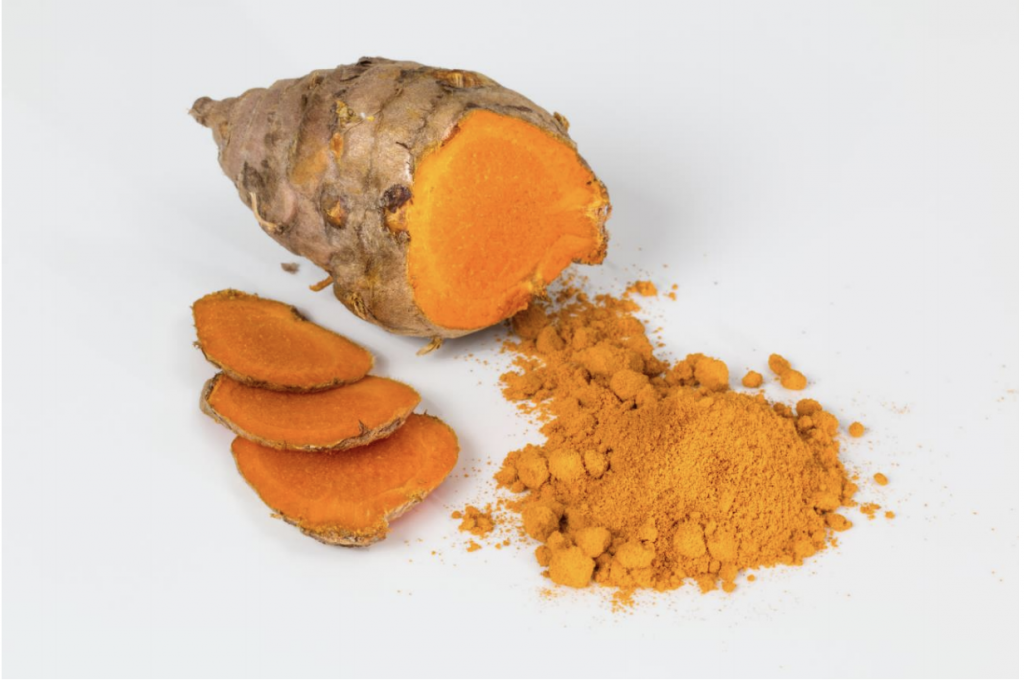
Turmeric is a very popular plant with close relation to ginger, in fact, it is grown in the same fashion. Though there is a difference; turmeric roots have pointed nodes and have a tube shape,
but the nodes look more like knobs lumps which protrude from the root, so ensure this is present on any turmeric piece you plant.
Note: you can also plant turmeric in about 2 inches deep. Just place it at this depth and cover the hole back to its previous level.
Coriander- Fall Lover
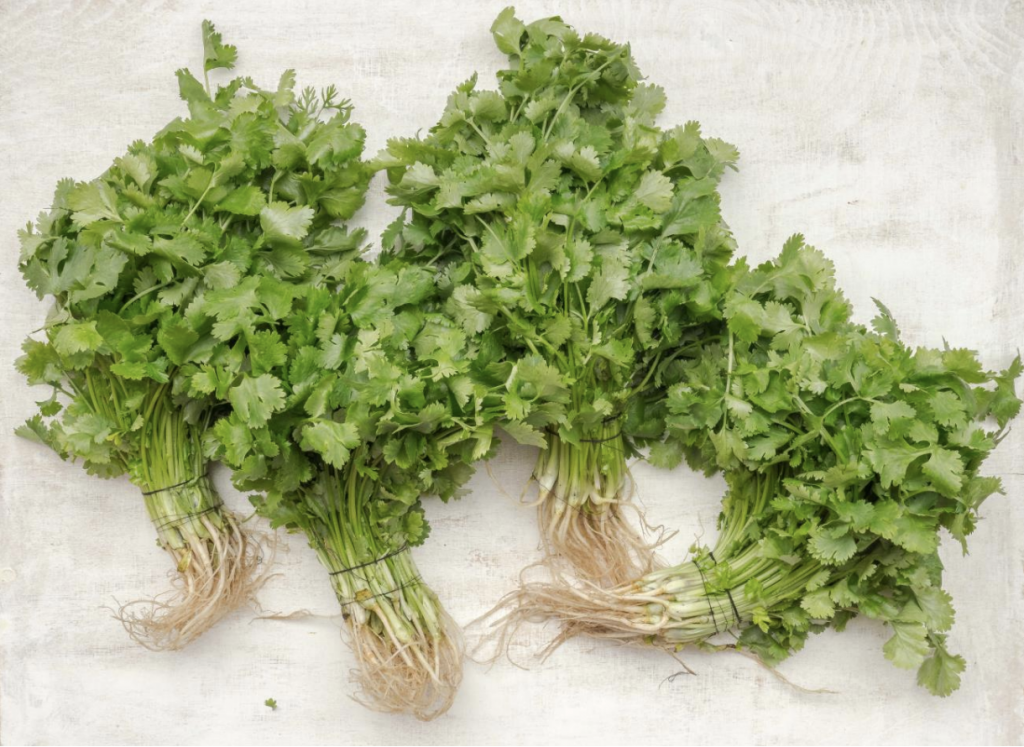
This a well-known annual herb which is the seed of coriander. The coriander can be planted ineither the spring or the fall, but don’t try planting during the summer because it won’t survive theheat.
During the spring season, coriander can be sowed directly in your garden just after the normal date of the last frost in your area. A sunny or partly sunny location is always best, but you can opt for areas with mild winter. Coriander can be planted 8 to 10 weeks before the average first cold in fall, and it will grow during the winter and produce seeds the next year.
During spring harvest, you can take all leaves that you want but don’t just remove the plant.
In early summer or late spring, this cool weather plant will develop small white flowers, this small white flowers will eventually turn to grow into seeds aims to resemble minute green peas.
When the seeds must have turned brown, remove the stems and arrange them into bouquets inside a paper bag (brown color preferably), this will ensure that the coriander seeds will dry properly indoors.
Even though most of the seeds will drop into the bag, when the stems are stronger, remove the seeds by rubbing its seedheads together with your hand, allowing the seeds to drop into a bowl.
The dried seeds can be stored in a glass jar, you can utilize them whole or grind into powder as you need.
Cumin- The Heat Lover
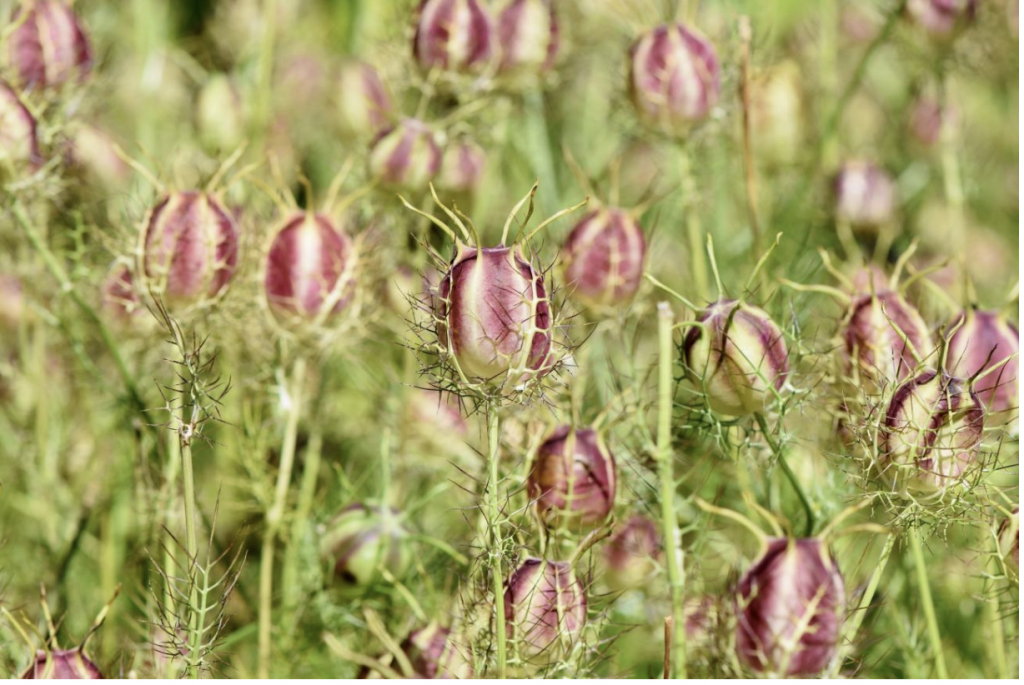
Cumin, a heat lover is of the same plant family as the coriander, and it’s planting and harvestingis done in almost the same way.
We mentioned already that this is a heat-loving species which needs a hot and long summer toattain its maturity. It’s best to plant the cumin indoors 4-6 weeks in flats before the last frost. Then the seedlings should be transplanted to a sunny place in your garden, which is 2 weeks after the last frost in your area. Expect the cumin seed heads to be brown by early fall, and that signifies it is ready for harvesting.
The Amazing Fenugreek
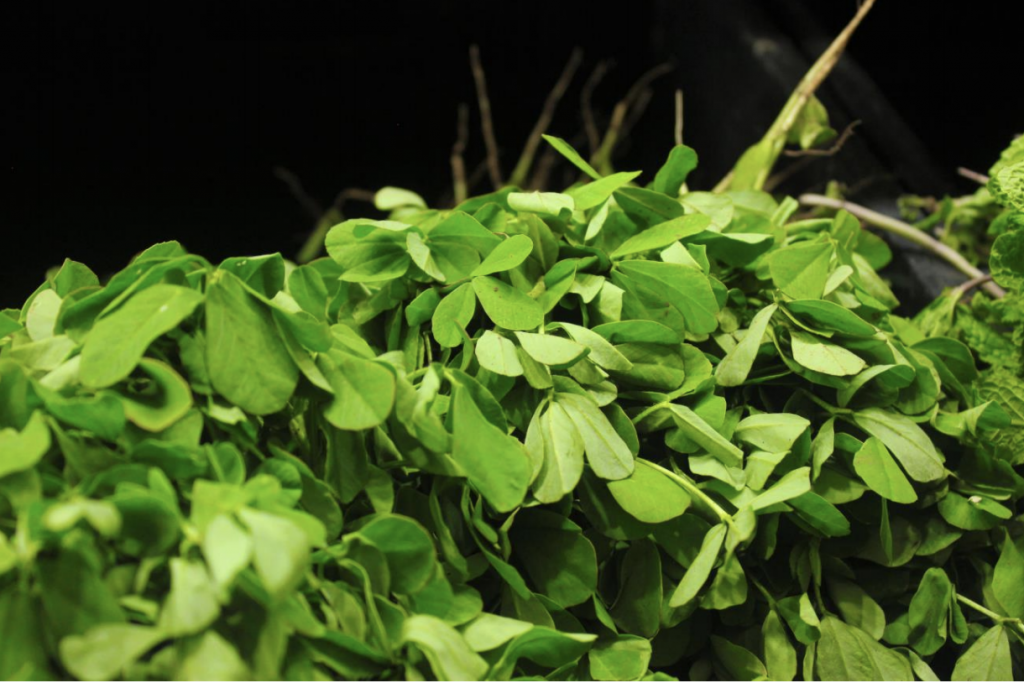
Nice name huh? This amazing plants very well used in Indian cuisine. Its leaves can be used for seasoning, however, the fenugreek is mostly planted because of its seeds.
For its cultivation, that is growing and harvesting, it’s requirements are just identical to thecumin plant. Though it should be noted that fenugreek seeds if planted indoors should be plantedin a biodegradable pot, this ensures that it can be directly planted into the ground, because it’stransplanting process damages its fragile roots.
Loved Paprika
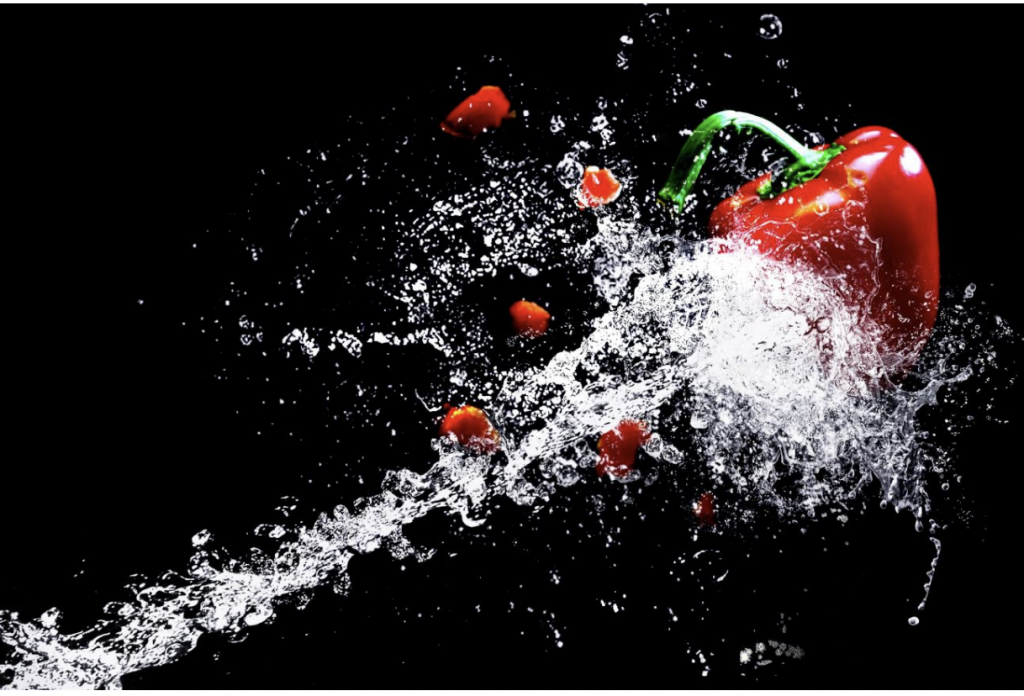
Did you know that paprika is just the ground and dried flesh of a bell pepper? The term “sweet paprika” originates from sweet bell paprika unlike the “hot paprika” which originates fromvarieties that seem more of a punch: though really hot peppers like jalapeños aren’t used to makepaprika.
It is proven that the best peppers are those easy to dry, which is those that are thinly walled. Grocery store thick-walled pepper appears to be susceptible to become rotten way faster than you can dry them.
Some peppers like ‘Dulce Rojo ‘is a good example of a sweet paprika, while the traditional Hungarian ‘Leutschauer’ is a medium-hot paprika pepper.
Every pepper is the world today loves heat, and to plant them, you need to start late spring, and developed throughout the summer. Allowing the pepper to mature till its fruits turn deep red. In dry weather areas especially the western US, peppers which possess thin walls can be effortlessly dried by just hanging them by bunches in your kitchen ceiling. While in colder Climates, it’s best to slice them and dry the peppers using a dehydrator, an oven can also serve this purpose. You can grind these peppers into crumbs when they’re dried very well and store them for your use.
Author Bio
Hello, this is “Vicki J. Stabile”.
I am a gardening enthusiast. I have been doing gardening at my home’s backyard for 5 years. Through these years, I have learned a lot of things about gardening, care of patio and many other things about home’s outdoor.
Website: https://patioclinic.net
Twitter: https://twitter.com/vickijStabile
